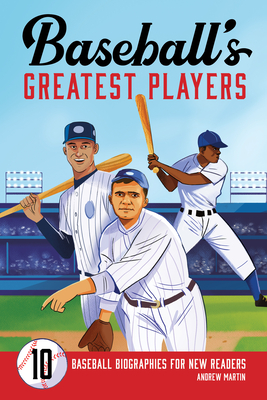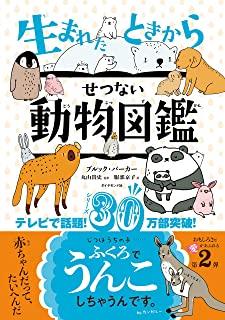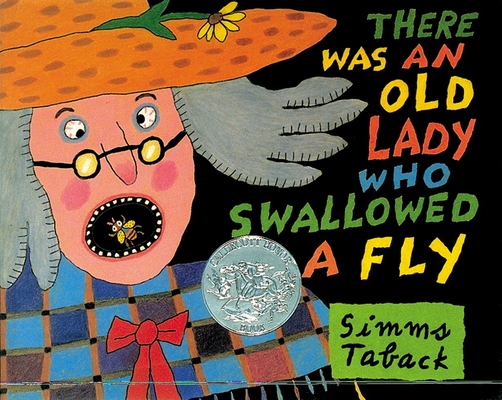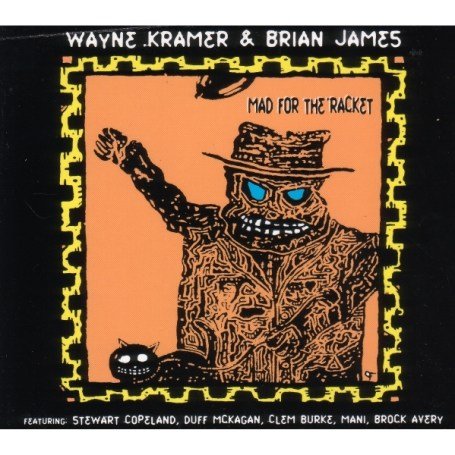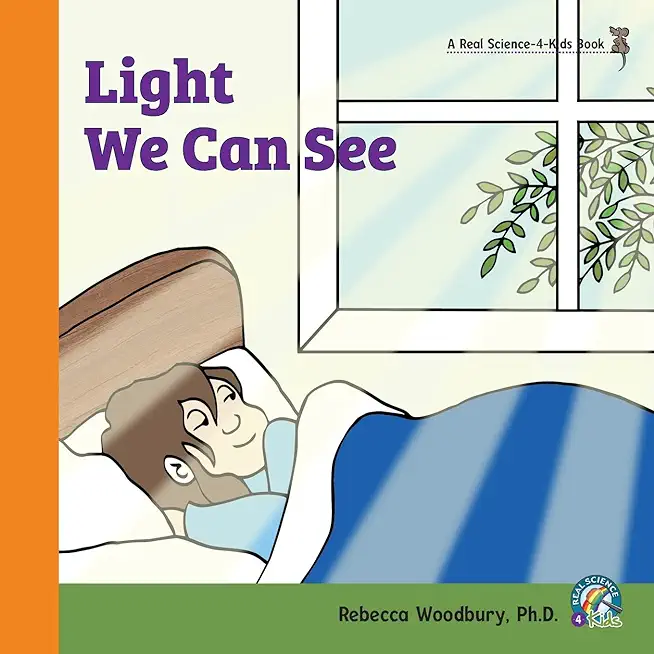
description
light. The light we can see is called visible light, meaning that it is light we can see with our eyes. Light is a form of energy, and in physics we say that energy gives something the ability to do work. Plants use light energy from the sun to make their own food in a process called photosynthesis, and light energy gives our eyes the ability to see the world around us. Light also comes from other sources than the sun, for example flashlights. Light behaves in different ways. It bounces off objects that are opaque and goes to our eyes, allowing us to see the objects. Light goes through objects that are transparent, such as window glass. The light bounces off objects behind the transparent glass and goes through the glass, allowing us to see the objects. Translucent objects have part of the light bounce off them and the rest of the light pass through them. Stained glass is an example of a translucent object. Light energy from the sun makes it possible for life to exist on Earth.
24 full-color, illustrated pages. Reading Level 1-3, Interest Level 2-5. Includes a pronunciation guide for scientific terms.
member goods
No member items were found under this heading.
Return Policy
All sales are final
Shipping
No special shipping considerations available.
Shipping fees determined at checkout.
